Nature has always been the ultimate artist, but some arboretums have taken this concept to extraordinary heights by transforming their leafy landscapes into breathtaking works of art. These botanical wonderlands don’t just showcase trees and plants—they create immersive experiences where foliage becomes the medium and seasons paint the canvas.
Whether it’s through sculptural installations nestled among autumn maples or educational programs that teach visitors to see leaves as artistic inspiration, these arboretums have mastered the art of turning simple foliage into something extraordinary. Here is a list of 20 remarkable arboretums where leaves transform into living masterpieces.
Minnesota Landscape Arboretum, Chaska
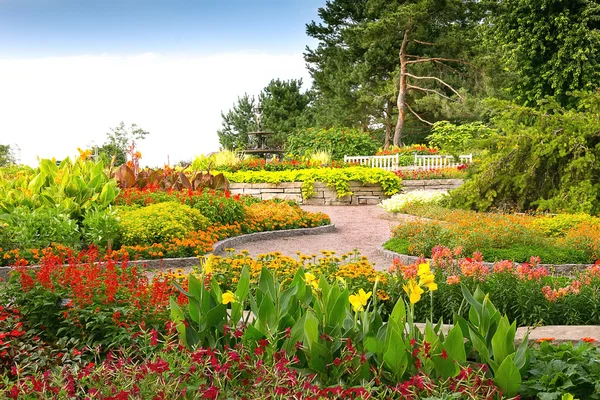
The Minnesota Landscape Arboretum spans over 1,200 acres and houses multiple art galleries that showcase nature-inspired works year-round. The Harrison Sculpture Garden features contemporary sculptures that interplay magnificently with the changing leaf colors, creating an ever-evolving outdoor art exhibition.
During autumn, the arboretum’s maples and oaks provide a stunning backdrop for these installations, turning the entire landscape into a collaborative artwork between human creativity and nature’s palette.
Arnold Arboretum, Boston
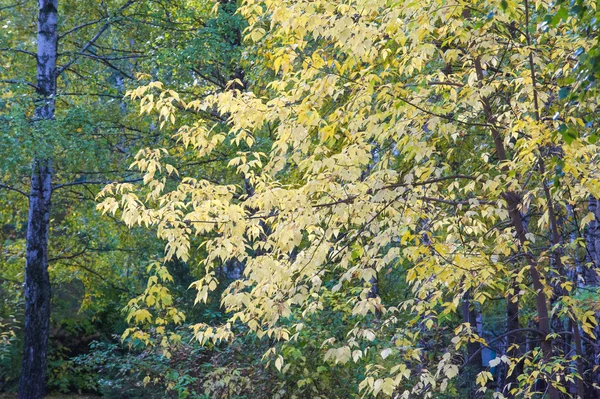
Harvard University’s Arnold Arboretum offers visitors The Arboretum Experience, a unique blend of audio plays, movement experiences, and pop-up performances set against 281 acres of diverse trees and shrubs. The program encourages visitors to see the landscape as a living canvas, with fall foliage serving as both backdrop and inspiration for artistic expression.
Walking through the arboretum during peak autumn feels like stepping through different rooms of a vast, open-air gallery.
Like Travel Pug’s content? Follow us on MSN.
Bernheim Forest, Kentucky
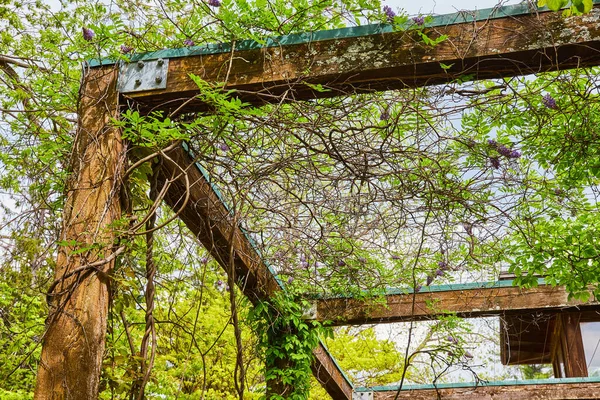
This internationally renowned destination features the ‘Arts in Nature’ program, which annually awards visual artists the opportunity to create site-specific installations inspired by their immersion in the forest environment. Thomas Dambo’s famous Forest Giants installation uses repurposed materials alongside the natural beauty of changing leaves to create whimsical sculptures.
When autumn arrives, these art pieces seem to emerge from the golden and crimson foliage like characters from a fairy tale.
Holden Arboretum, Kirtland
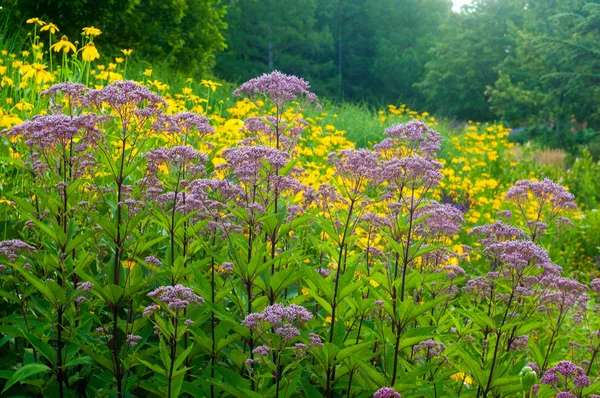
Covering 3,500 acres in northeast Ohio, Holden Arboretum transforms into a fairytale landscape each fall with trails winding through warm-colored woods and charming gardens. The arboretum features over 21,000 different plant and tree species, with educational signs that help visitors appreciate the artistic qualities of each specimen.
The golden-yellow sweet birch, red-orange sugar maple, and blue-green Himalayan pine create a natural masterpiece that changes daily as the season progresses.
Dallas Arboretum, Texas
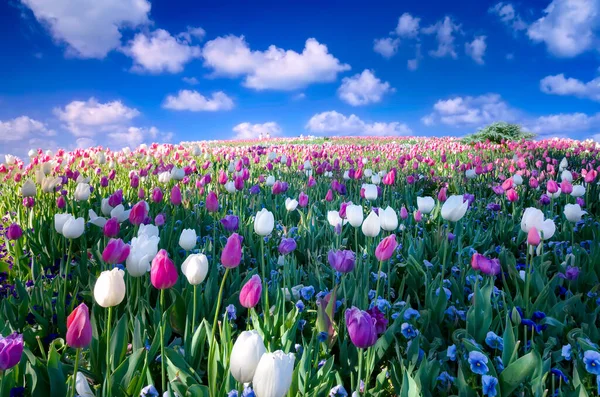
The Dallas Arboretum’s annual ‘Autumn at the Arboretum’ event features nationally acclaimed displays created from more than 100,000 pumpkins, gourds, and squash from Floydada, Texas. A 50-member horticulture team crafts elaborate installations that blend seamlessly with the arboretum’s 150,000 fall-blooming plants.
The result is a stunning fusion of natural autumn colors with carefully designed artistic arrangements that attract visitors from across the country.
Like Travel Pug’s content? Follow us on MSN.
Cox Arboretum, Dayton

Cox Arboretum MetroPark offers visitors the perfect elevated perspective to appreciate fall foliage as art, with a viewing platform 56 feet above its conifer collection. The arboretum’s design allows guests to see blazing autumn colors from above, transforming the landscape into an abstract painting of reds, oranges, and yellows.
This bird’s-eye view reveals patterns and color combinations in the leaf displays that are invisible from ground level.
Toledo Botanical Gardens, Ohio
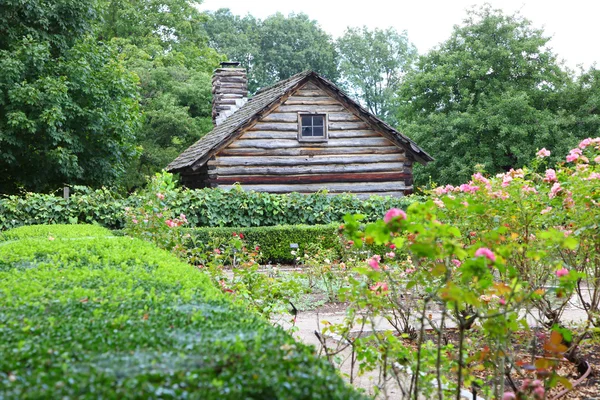
This botanical garden showcases autumn artistry through carefully planned tree placements that create spectacular color combinations. Visitors can spot maidenhair trees’ stunning yellow foliage at the south entrance, then walk to the Grand Allee where silver lindens turn gold across Crosby Lake.
The rusty hues of bald cypress near the lake’s north side contrast beautifully with the bright orange sugar maples in the Secret Forest play area, creating natural compositions that rival any painted landscape.
Dawes Arboretum, Newark
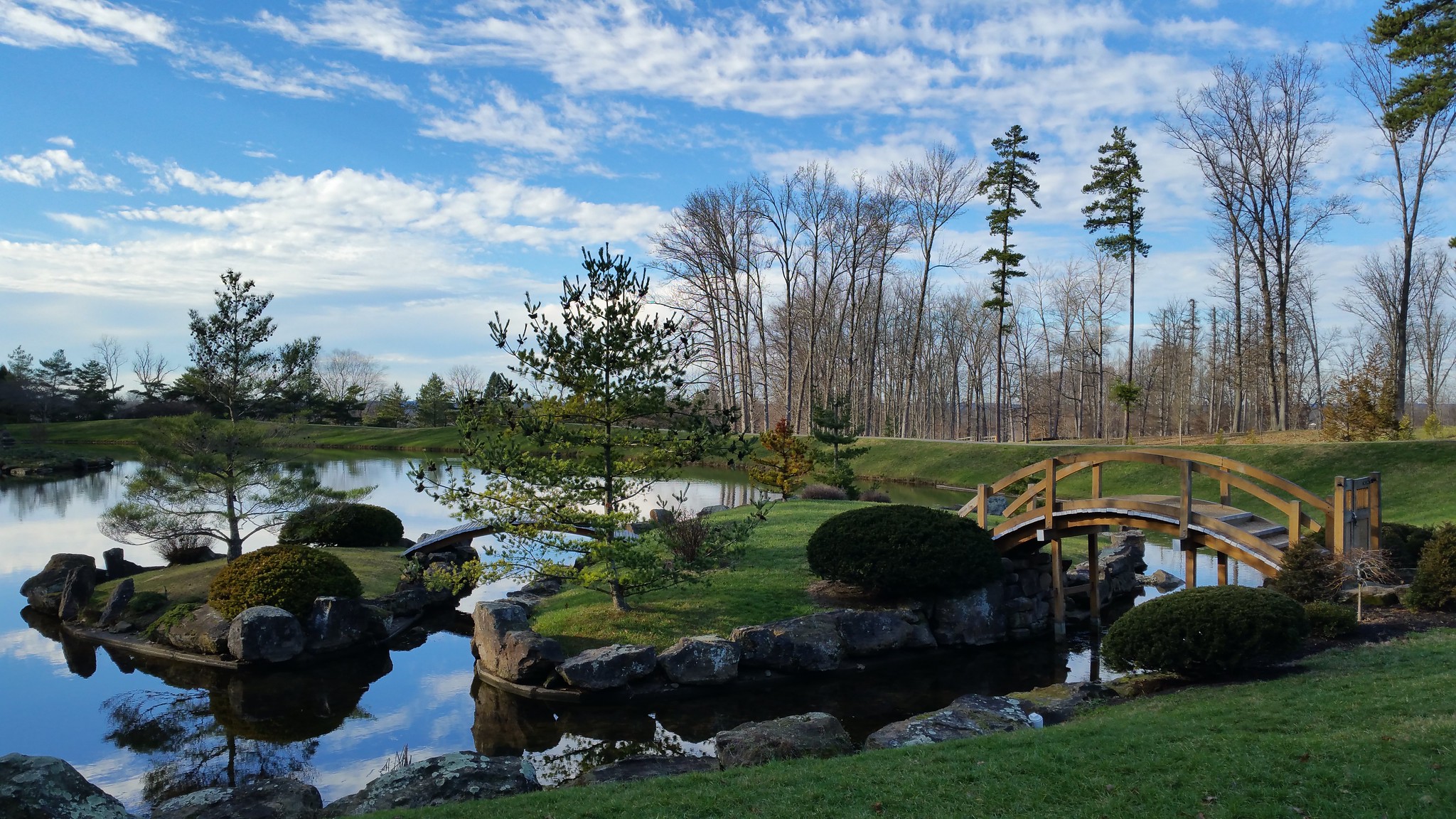
Founded in 1929, this 1,800-acre arboretum features themed gardens designed to showcase the artistic potential of different plant combinations. The Japanese Garden, designed by landscape architect Makoto Nakamura in 1963, demonstrates how careful plant selection can create living art that changes with the seasons.
Holly Hill’s variety of holly species provides year-round artistic interest, with yellow, dark purple, and red berries creating natural color palettes that inspire visitors and artists alike.
Like Travel Pug’s content? Follow us on MSN.
Chicago Botanic Garden, Illinois

The Chicago Botanic Garden hosts the annual ‘Night of 1,000 Jack-o’-Lanterns,’ where garden pathways are lined with more than 1,000 hand-carved pumpkins created by professional artists from New York’s Rise of the Jack O’Lanterns company. Some artists spend up to 15 hours sculpting a single pumpkin, and these intricate creations are displayed among the garden’s autumn foliage.
The combination of artistic skill and natural beauty creates an enchanting experience that celebrates both human creativity and seasonal change.
Brooklyn Botanic Garden, New York

This urban oasis transforms into a spectacular display of autumn artistry each October, with golden ginkgos, multihued maples, and swaying grasses creating what feels like a carefully curated art installation. The Japanese Hill-and-Pond Garden offers sweeping views of landscapes filled with many maple species in unrivaled shades of orange, red, yellow, and purple.
The century-old sweetgum tree with deep crimson foliage serves as a living sculpture that anchors the Native Flora Garden’s autumn display.
Morton Arboretum, Illinois
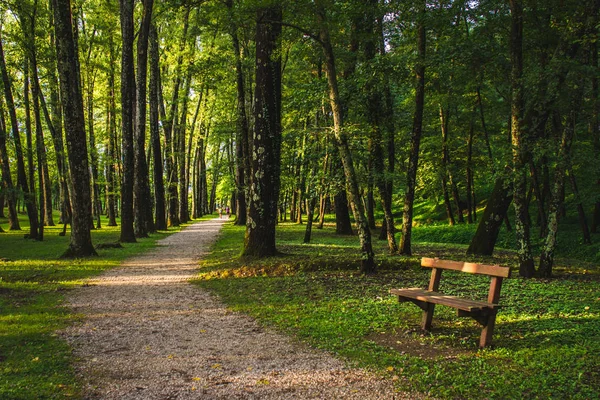
This 1,700-acre tree-focused botanical garden and research center showcases over 4,100 different tree species with an emphasis on artistic landscaping and seasonal displays. The arboretum’s comprehensive oak collection provides a masterclass in how different varieties of the same tree can create diverse artistic effects through varying leaf shapes, colors, and timing of seasonal changes.
Educational programs help visitors understand how trees can be viewed and appreciated as living art forms.
Like Travel Pug’s content? Follow us on MSN.
Longwood Gardens, Pennsylvania
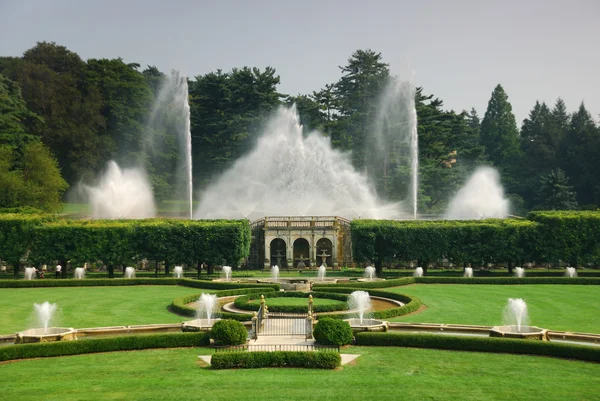
Longwood Gardens offers specialized botanical art classes that teach visitors to study the vibrant colors and eye-catching shapes of fall leaves to create detailed artistic pieces. The ‘Botanical Art: Fall Study’ program combines online instruction with hands-on experience in the gardens, where participants work directly with autumn leaves from Longwood’s diverse tree collection.
This approach helps people see leaves not just as natural objects, but as subjects worthy of serious artistic study and representation.
New England Botanic Garden at Tower Hill, Massachusetts
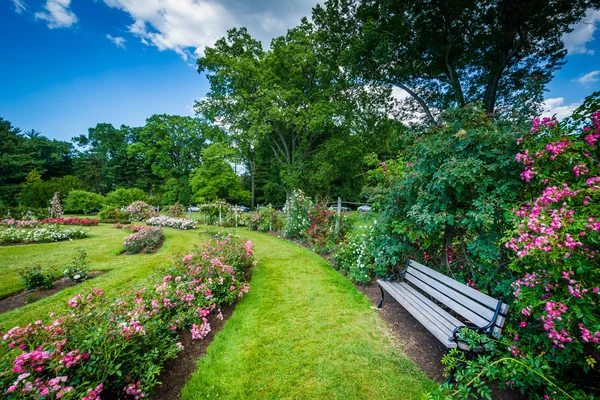
This Massachusetts garden provides visitors with one of New England’s most impressive fall foliage experiences, starting from the moment guests arrive and see Wachusett Reservoir surrounded by autumn colors. The formal and naturalistic gardens showcase abundant fall charm, with Pliny’s Allée featuring rows of fothergilla, oakleaf hydrangea, witch hazel, and towering oaks that create a dramatic natural theater.
The diverse array of native plants in the Wildlife Refuge Pond area captures all the shades of autumn’s palette in carefully planned compositions.
Cylburn Arboretum, Baltimore
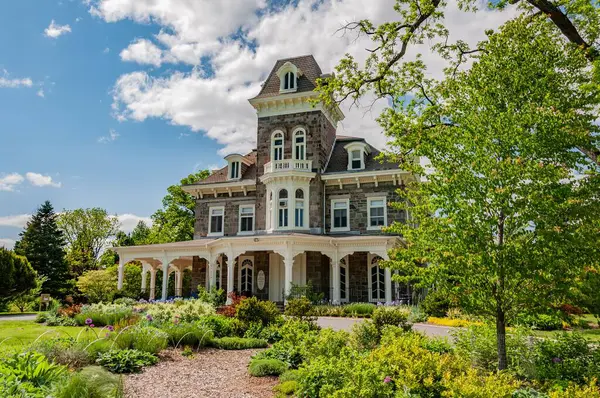
Known as the crown jewel of the Baltimore Park System, this 200-acre nature sanctuary features an astounding inventory of trees and 3.5 miles of woodland trails that transform into natural art galleries each fall. Asters and goldenrods turn the grounds purple and gold in September, creating living tapestries that change weekly as the season progresses.
The arboretum’s design allows visitors to experience these color transitions as a form of environmental art that celebrates the passage of time.
Like Travel Pug’s content? Follow us on MSN.
Adkins Arboretum, Ridgley
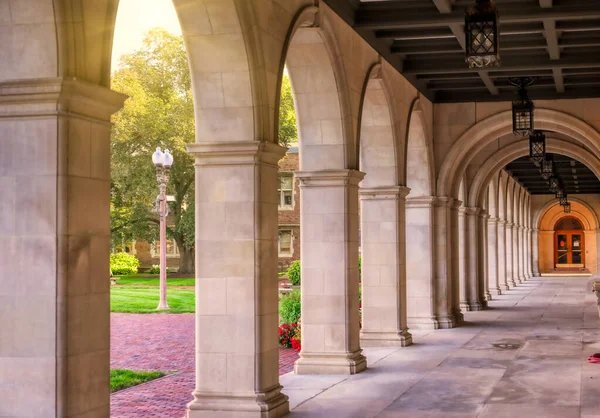
Located on Maryland’s Delmarva Peninsula, Adkins Arboretum focuses exclusively on plants native to the Mid-Atlantic coastal plain, creating authentic regional landscape art. The arboretum features pine plantations, young hardwood forests, and mature bottomland forests that showcase how native plant communities can be arranged to create stunning natural compositions.
Five miles of walking trails provide multiple perspectives on these carefully managed plant communities, revealing new artistic combinations around every turn.
University of Maryland Arboretum, College Park
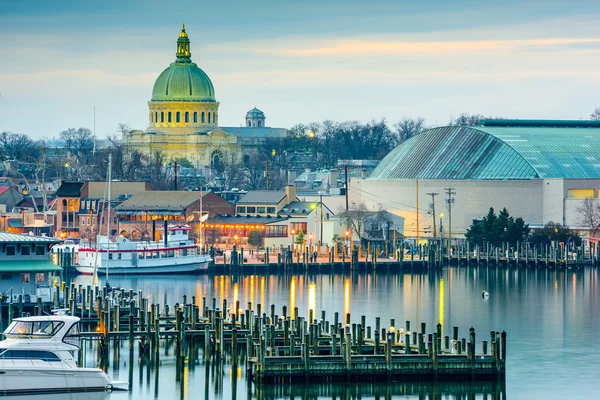
This 1,250-acre campus-wide arboretum showcases one of the region’s largest and most diverse woodland collections, with 15,000 woody plant specimens creating natural art installations across the university grounds. Notable artistic highlights include the Native Shade Garden between Woods Hall and Francis Scott Key Hall, the Knight Hall Pollinator Garden, and the Garden of Reflection and Remembrance.
The McKeldin Mall Tree Walk demonstrates how trees can be used as sculptural elements in landscape design.
Ladew Topiary Gardens, Monkton
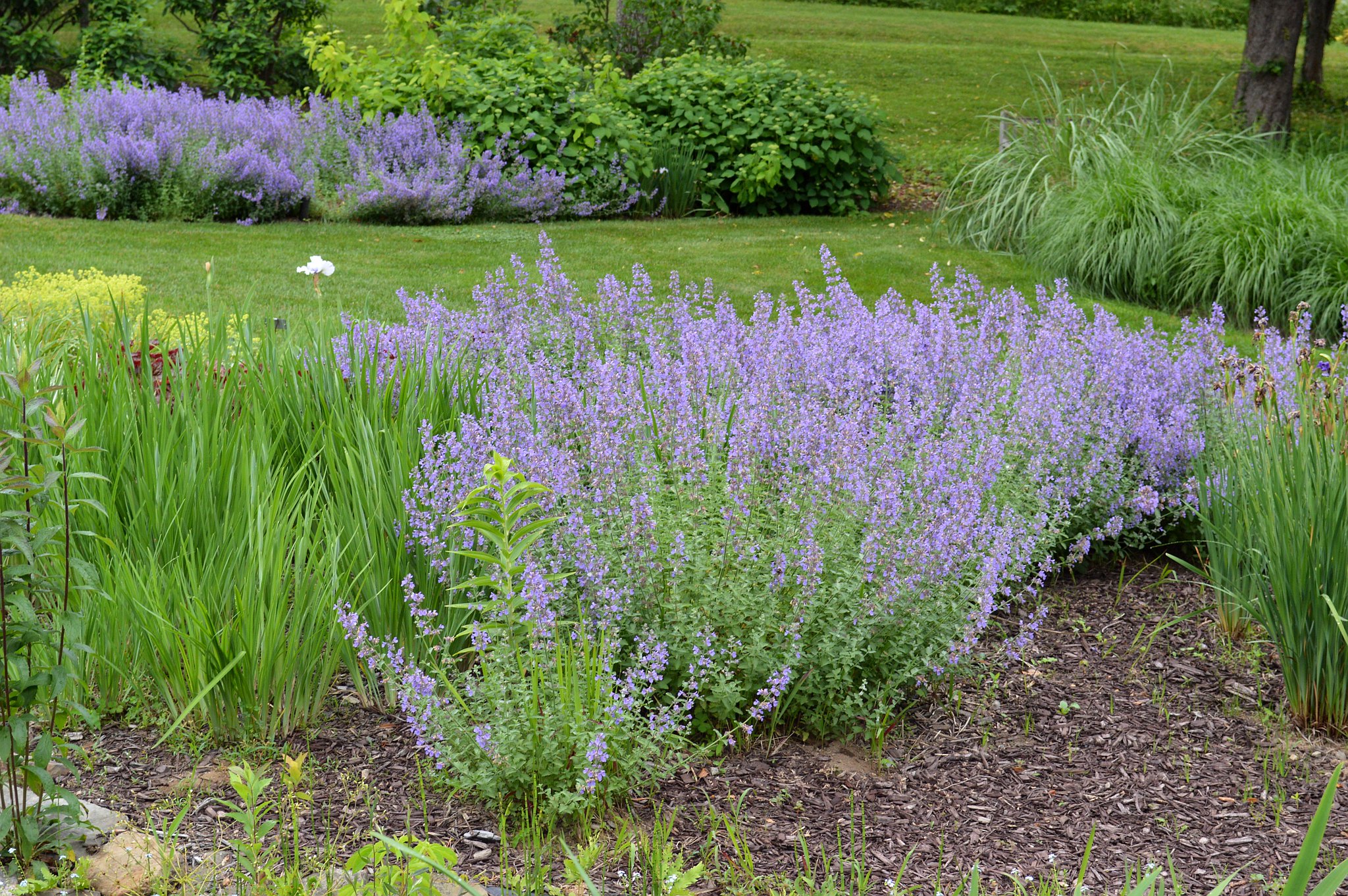
Located 20 miles north of Baltimore, this National Register of Historic Places property represents a unique approach to turning plants into art through the ancient practice of topiary. The Garden Club of America calls it ‘one of the top 5 gardens in North America,’ and it demonstrates how skilled pruning and shaping can transform living plants into sculptural masterpieces.
The gardens show how leaves and branches can be manipulated to create artistic forms that change subtly with each season’s growth.
Like Travel Pug’s content? Follow us on MSN.
Salisbury University Arboretum, Maryland
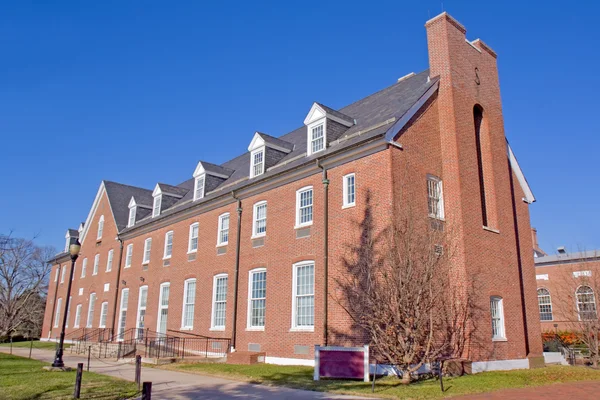
The entire 1,200-acre campus of Salisbury University was declared an arboretum in 1988 by the American Association of Botanical Gardens and Arboreta, creating one of the region’s most extensive collections of woodland art.
The campus hosts one of the Eastern Shore’s largest and most diverse tree collections, arranged in ways that create natural compositions throughout the grounds.
U.S. National Arboretum, Washington, D.C.

This 446-acre research institution and public garden features notable art installations like Beverly Pepper’s sculpture ‘Split Ritual’ and the iconic National Capitol Columns, 22 Corinthian columns from the original U.S. Capitol building. These permanent artworks are integrated into landscapes that change dramatically with the seasons, creating ever-evolving relationships between human art and natural beauty.
The National Bonsai & Penjing Museum demonstrates how ancient horticultural arts can transform trees into living sculptures.
Scott Arboretum, Swarthmore

Covering over 300 acres of Swarthmore College’s campus, this arboretum has inspired artist Barbara Seymour to create numerous paintings, drawings, and other art forms celebrating the beauty of its plant collections. Seymour’s artistic map of the arboretum appears in the official walking guide and represents just one example of how the garden inspires creative expression.
The arboretum’s 4,000 kinds of ornamental plants provide endless inspiration for artists seeking to capture the relationship between human creativity and natural beauty.
Like Travel Pug’s content? Follow us on MSN.
Where Nature Meets Canvas
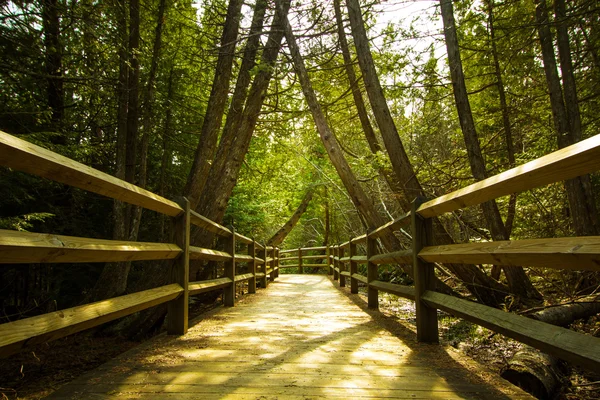
These 20 arboretums prove that the boundary between art and nature isn’t a line—it’s a collaboration. From the Renaissance masters who first brought landscapes indoors to today’s environmental artists creating installations among living trees, humans have always found inspiration in the changing seasons.
What makes these modern arboretums special is how they’ve formalized this relationship, creating spaces where visitors can experience leaves not just as biological specimens, but as active participants in ongoing artistic creation.
More from Travel Pug

- 20 Best Beach Towns in the Carolinas
- 13 Destinations Where Tourists Regularly Regret Their Trip
- 20 Destinations That Are More Magical Without an Itinerary
- 20 Underrated Adventures That Belong on Your Travel List
- 20 Cities Where You Should Just Wing It, No Planning Required
Like Travel Pug’s content? Follow us on MSN.
